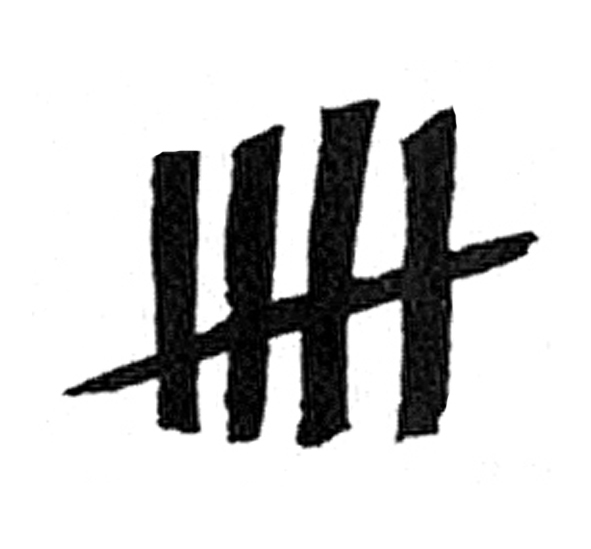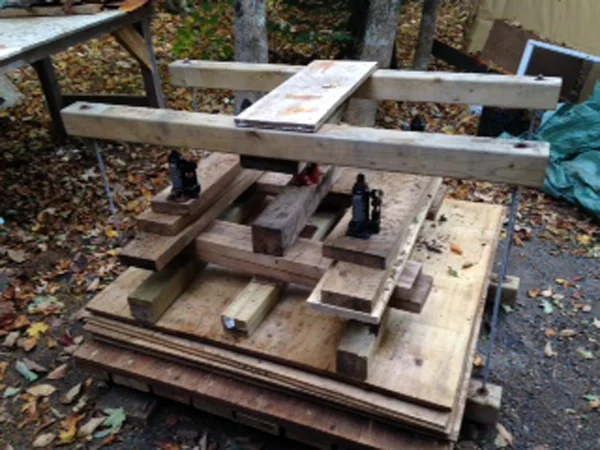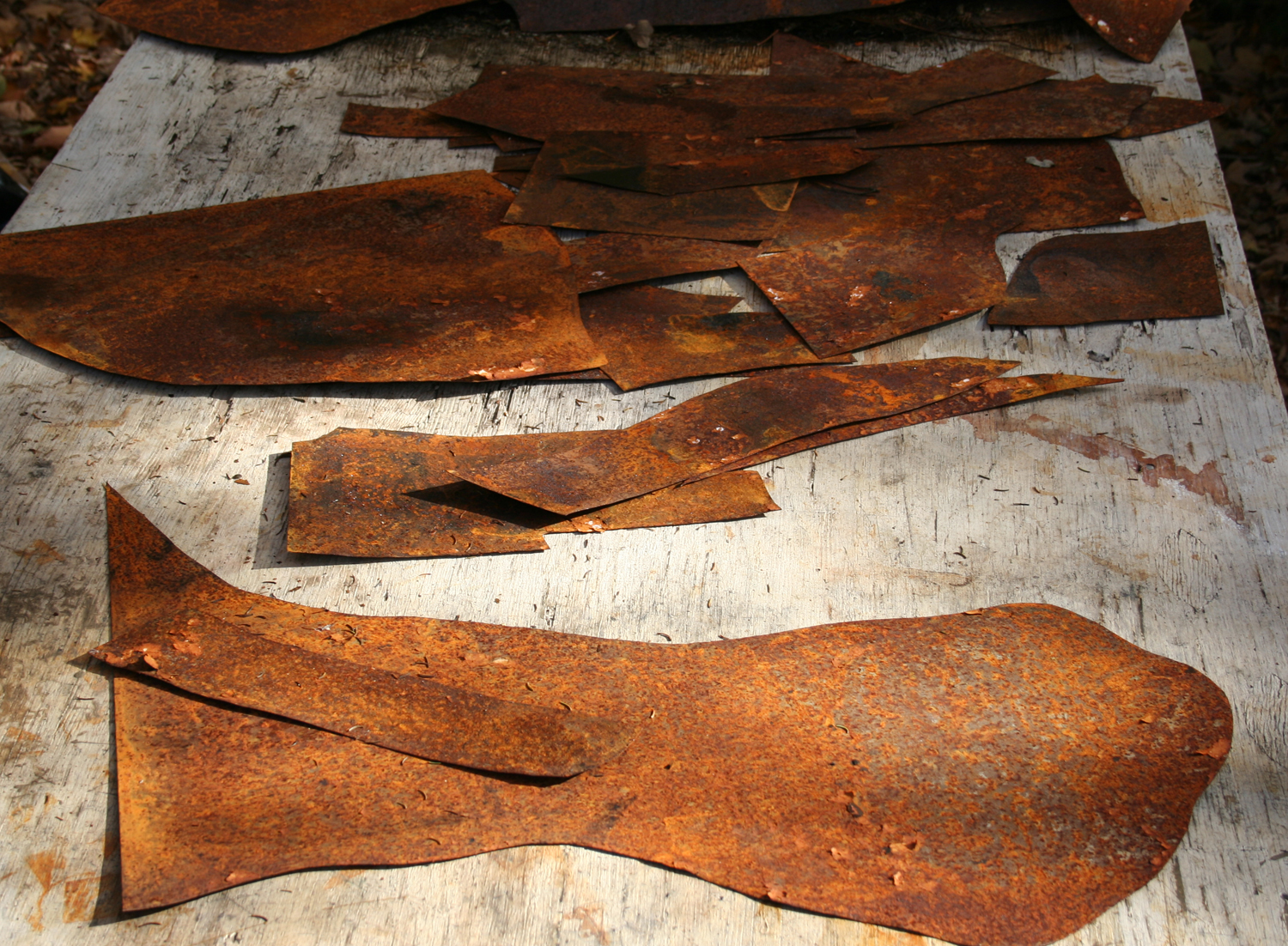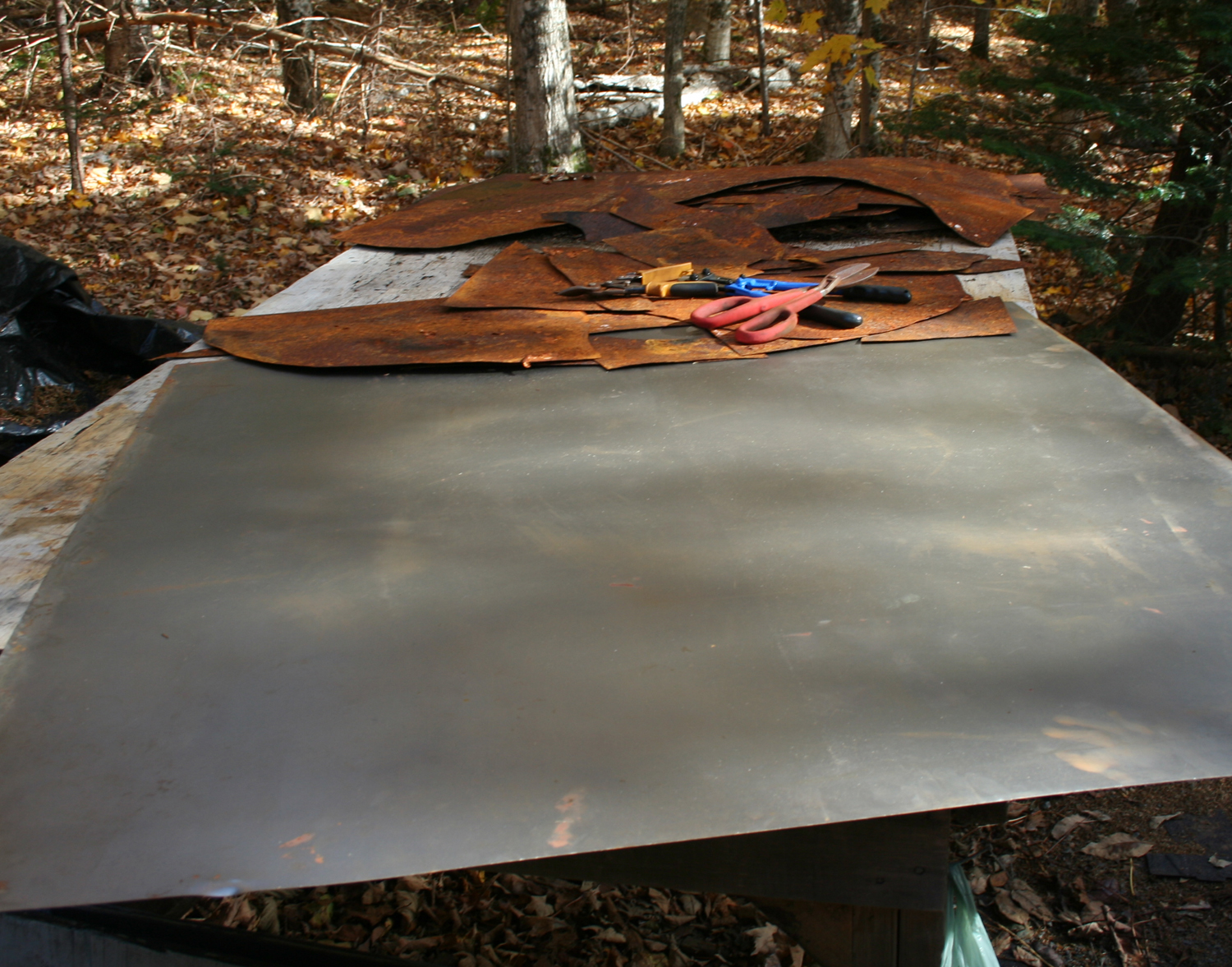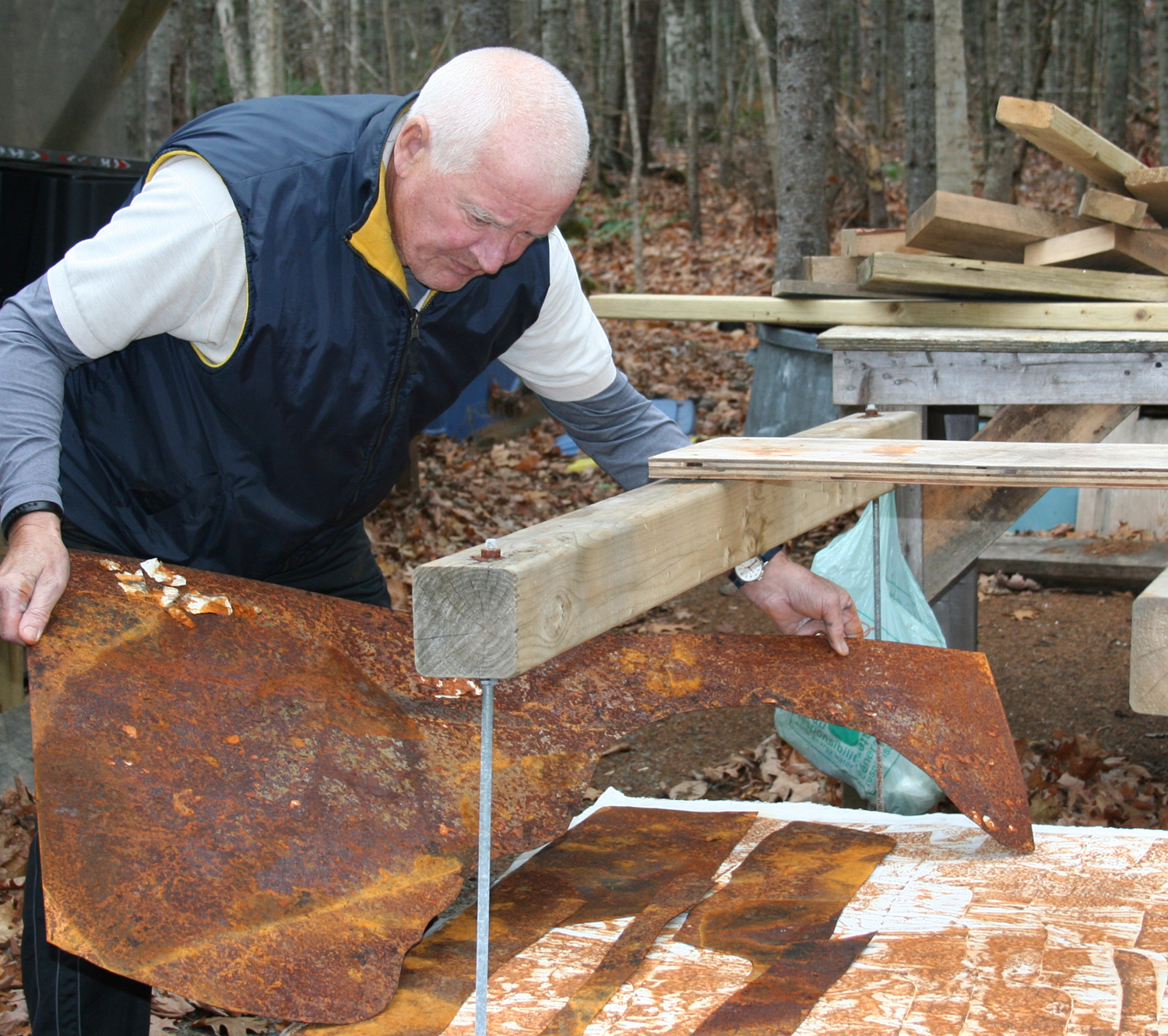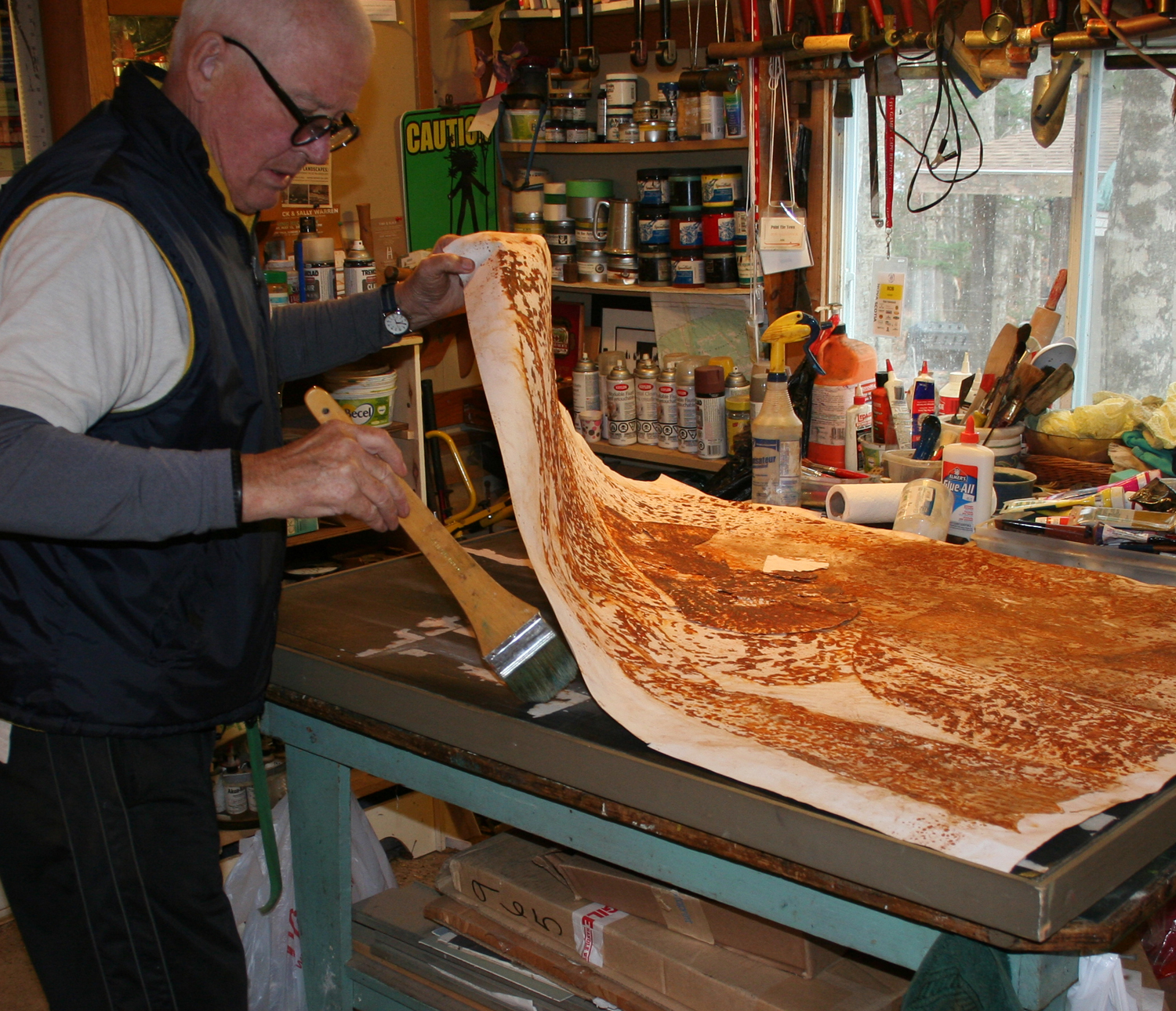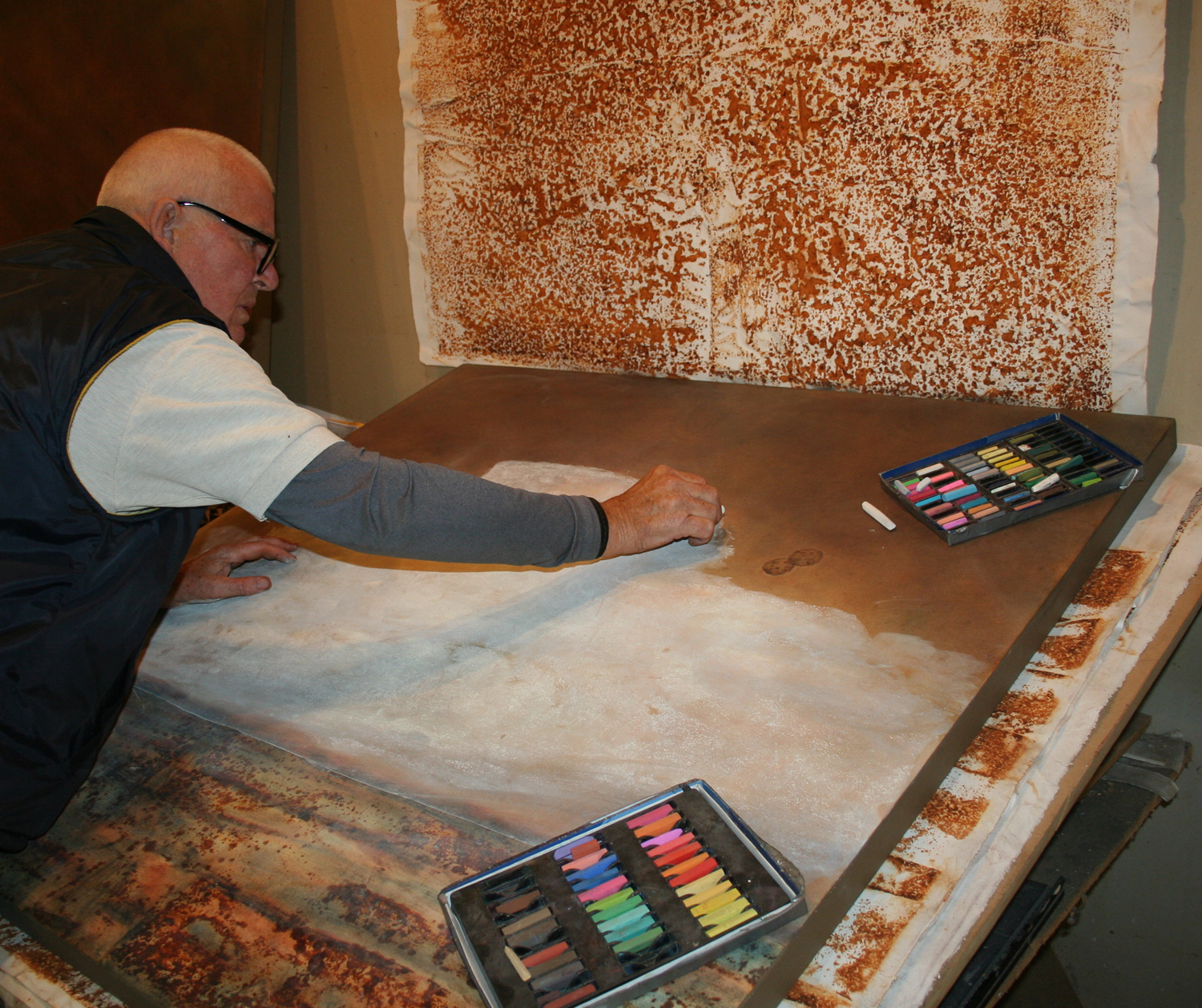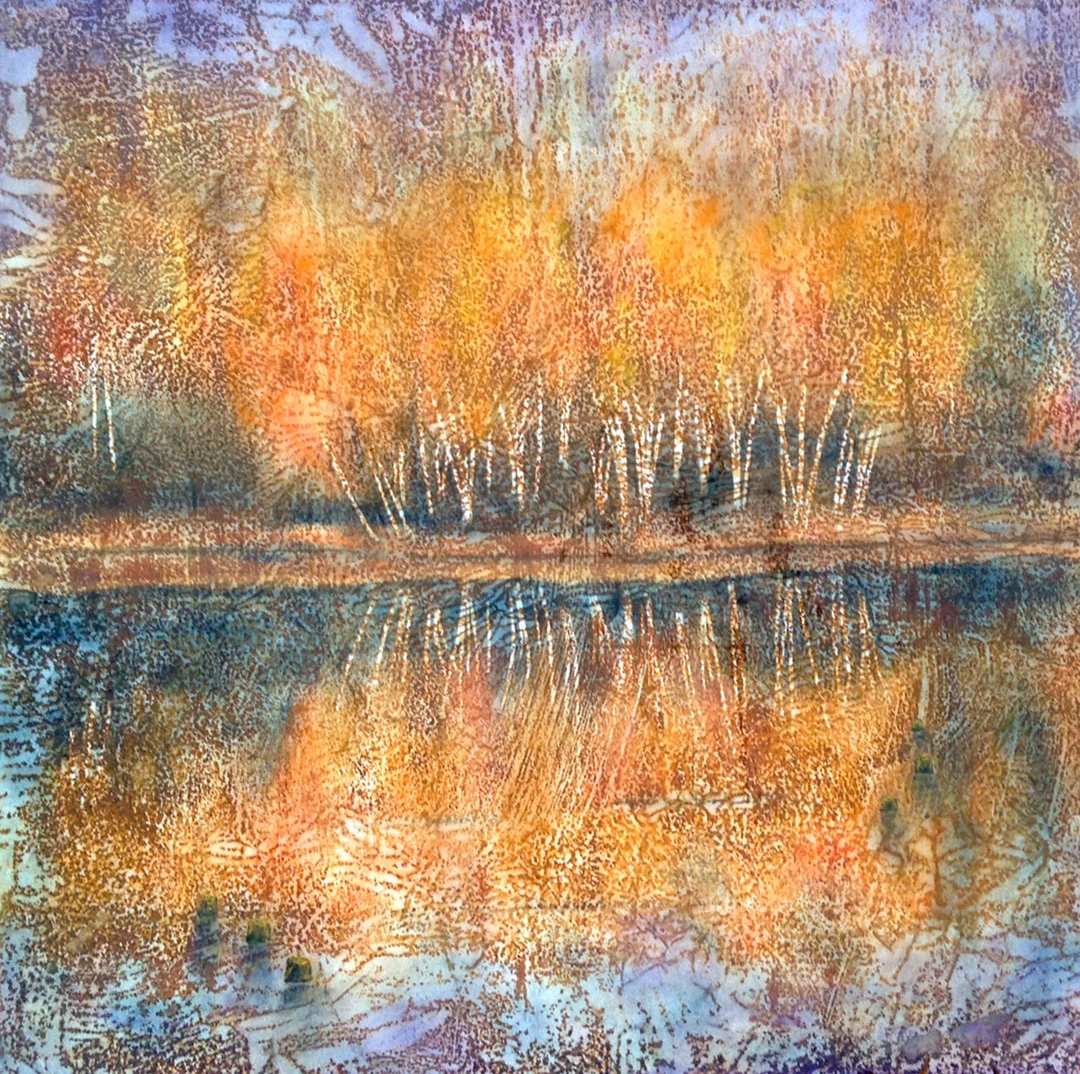For more than five decades, Bob has used a diverse array of media to tell stories of rural life in different parts of North America -- first as a high school cartoonist for a small Prairie community newspaper; later a journalist and photographer with daily newspapers and magazines in Western Canada; then author and illustrator for an award-winning book on rural architectural heritage; and finally, as a writer, visual artist and educator living in Nova Scotia. Judy has been a health care professional and educator for most of those 50 years while sharing the twists and turns of husband Bob's creative career. During that time Judy developed her own art passions and studio practices for clay arts and heritage quilting. As indicated above, they also share their Nova Scotia studio spaces and couch with BB, the sweet-mannered Rhodesian Ridgeback who welcomes family friends and visitors alike. (note from Bob & Judy: BB suffered a stroke in early March, 2017, and is no longer with us. She will be missed every day)
Bob at work in the painting section of the studio
Our Stories: Bob
Bob didn't make it to art college until he was 46 years of age; having decided against a formal art education 26 years earlier in favor of an opportunity to write for the local daily newspaper. His journalism career in newspapers and magazines was rewarding for its life-shaping experience of covering politics, sports, business and agriculture. But he always told his family he would one day return to art full time. He graduated from the Nova Scotia College of Art & Design in 1996 with majors in printmaking and painting and began to slowly build his studio style and reputation in Canada. He has earned creative awards from the Canada Council and Nova Scotia Arts Council; had his work selected for many private and public collections in Canada and the U.S., as well as teaching at Acadia University, Ross Creek Centre of the Arts, and numerous workshops across Atlantic Canada. In the 20 years since graduation, Bob's work has been featured in 30 solo exhibitions across Canada, as well as more than 27 group exhibitions in Canada, the U.S., England, Scotland, Japan, and China. Bob has at different times been represented in more than 25 different galleries across Canada, including Wallspace Gallery, St. John's, Nfld.; Lighthouse Gallery, Moncton; St. Michael's Gallery, St. John's, Nfld.; Stimul'eye Gallery, Toronto; River Mill Gallery, New jersey; Stall Gallery, Saskatoon; Arts on Atlantic Gallery, Calgary; Details Gallery, Charlottown, PEI; Teichert Gallery, AGNS, Halifax; Secord Gallery, Halifax; Peer Gallery, Lunenburg; Harvest Gallery, Wolfville; Viewpoint Gallery, Halifax; Wayne Arthur Gallery, Winnipeg; Visual Voice, Truro; Sales & Rental Gallery, Art Gallery of Winnipeg; Gallery 133, Toronto; or Framed Life, Toronto. He has been a founding member of various artist co-ops and cultural development organizations. He has no fixed political compass, but is a passionate critic of globalization, industrialization & greed.
Judy places new work on one of the display shelves
Our Stories: Judy
Judy also took the longer, round-about path to a final career in the creative arts. She first completed a rewarding 44-year career as a nurse, nurse manager and finally as a nursing instructor in community colleges. She, too, had continued to expand her education while deep into a career and family. Almost 25 years after graduating as an RN from Winnipeg General Hospital, Judy returned to the classroom to earn an under graduate degree and then a graduate degree in nursing from Dalhousie University. Like Bob, she had also continued her private passion for creative arts and crafts while working full time and raising a family. In addition to sharing creative spaces and ideas with her life partner, Judy has spent the last 15 years seeking direct mentorship of working ceramic professionals in Canada, Mexico and the U.S. She helped build and equip her own pottery studio in order to experiment but also to refine traditional techniques of the clay arts. Her science-based education and work experience provided the tough standards required for the studio techniques of functional pottery.
The Making of Rust Prints & Mixed Media Art
1) The press is a simple home-made hydraulic press that uses six hydraulic bottle jacks to create enormous, but consistent pressure for up to four weeks at a time. 2) Pieces of cut iron sheeting are first sprayed with a light vinegar solution to clean and open up the metal. A second spray of various oxidation accelerators is applied to both sides of the metal shapes. 3) We often start with new 4'x8' sheets of untreated iron sheeting that are then cut into 4'x4' squares to fit the new press. The square sheets are then cut into broad themes of landscape or abstraction, with some panels containing more than 120 individual cut pieces, or as few as two pieces. 4) The process begins with a wet sheet of 50"x50" printmaking paper laid flat on a piece of plywood. The cut iron pieces are laid on the paper, and then another piece of paper laid over the top metal surface. Another sheet of plywood is placed over the paper-metal-paper sandwich, and a new sandwich process begins again, and again, until there is a stack of 6-8 sandwiches. 5) After the various print sandwiches have remained under pressure for 4-5 days in the hot, humid summer months, or 2-4 weeks in the cooler shoulder seasons, the paper is pulled back from both sides of the metal. The result is a set of mirrored or twinned rust prints, which are flattened and dried, and then hung around the studio for weeks or months -- until a potential image suggests itself to Bob. 6) The wood panels are constructed from birch plywood and 1"x2" pine, then given 2-3 coats of gesso or latex paints. When a print is ready for mounting and mixed media completion, a generous coatings of glue/medium is applied to the back of the rust print, as well as the panel surface. The print is laid over the panel surface, smoothed, and left under heavy weights for 24 hours. 7) Later, a variety of media is used to develop the final image. The media includes acrylic paints and washes, hard and soft pastels, drawing inks, printing inks, or various collage pieces of torn rust prints. Each completed piece receives 4-5 coats of mat and/or gloss varnish. 8) This image shows a new rust collagraph print ready for mixed media treatment. 9) The rust collagraph print after mixed media additions.
The North Mountain Stdio
Part of studio's paper working area
The Last Days of Autumn
The Early Days of Spring
